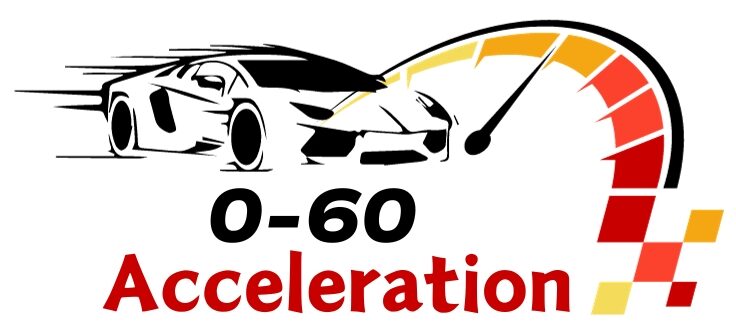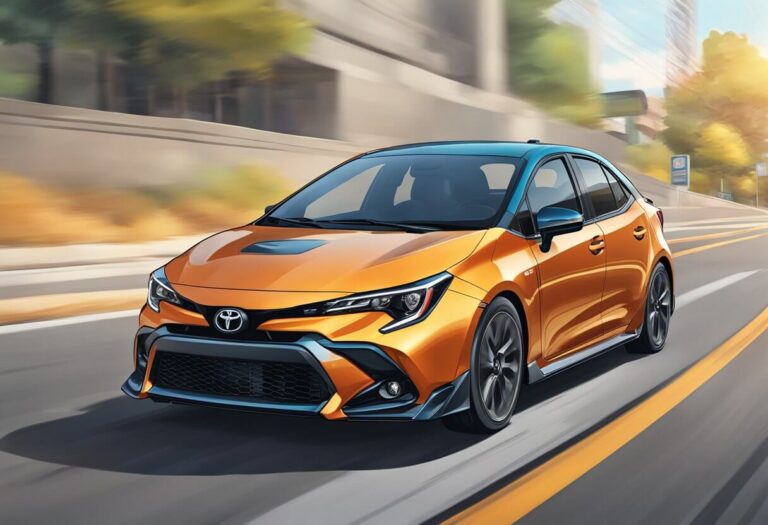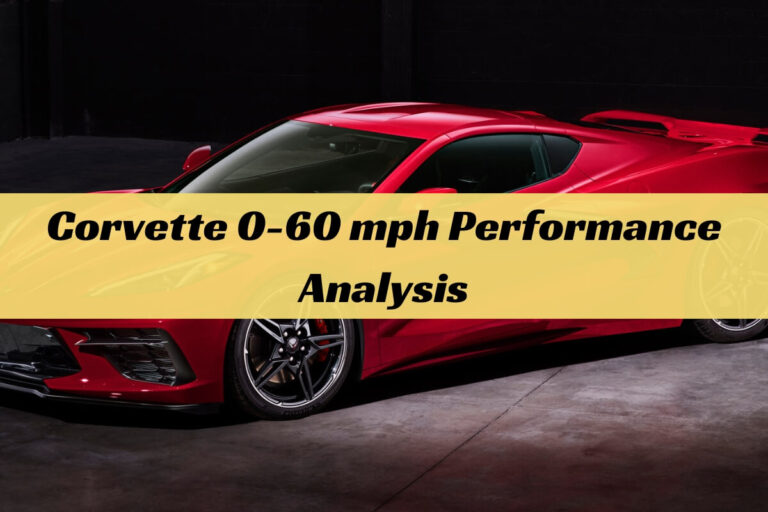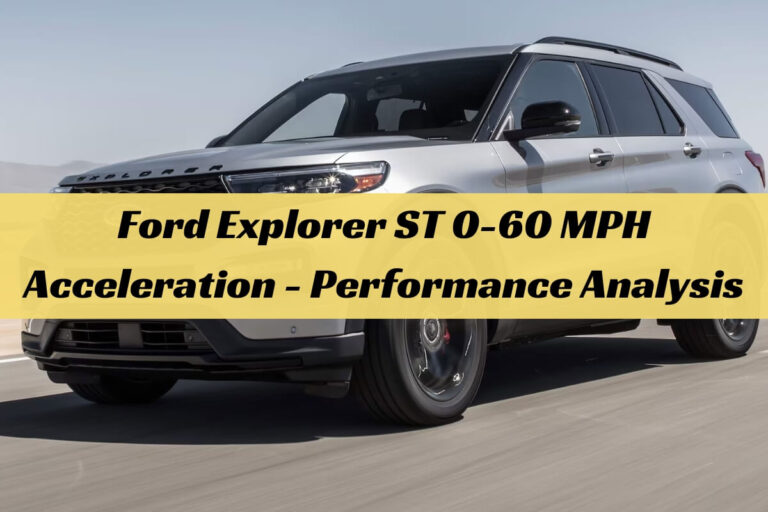
Comparing the 3.0 Duramax and 6.2 engines reveals key insights into their performance, particularly in terms of 0-60 times. This metric often serves as a quick reference for an engine’s acceleration capabilities, offering potential buyers a glimpse into what they can expect from these powerful engines. Whether you’re looking for speed, towing capacity, or overall performance, understanding the nuances between these two engines can guide your decision.
Overview of the 3.0 Duramax Engine
The 3.0 Duramax engine is a turbocharged inline-six diesel engine known for its impressive fuel efficiency and robust torque. It’s designed to offer a balance between performance and economy, making it a popular choice among truck enthusiasts and those looking for a reliable workhorse.
Specifications and Features
- Engine Type: Turbocharged inline-six diesel
- Displacement: 3.0 liters
- Horsepower: Approximately 277 hp
- Torque: 460 lb-ft
- Fuel Efficiency: Up to 27 MPG highway
Performance Metrics and Fuel Efficiency
The 3.0 Duramax excels in providing a smooth and consistent power delivery. Its high torque at low RPMs ensures that it performs well under load, whether you’re towing a trailer or hauling heavy cargo. The engine’s design prioritizes fuel efficiency, making it a cost-effective choice for long-distance driving.
Pros and Cons
Pros:
- High fuel efficiency
- Excellent torque for towing
- Smooth power delivery
Cons:
- Higher maintenance costs due to diesel components
- Potential issues with emissions systems over time
Overview of the 6.2 Engine
The 6.2 engine, often found in GM’s full-size trucks and SUVs, is a powerful V8 gasoline engine designed for high performance and robust power output. It’s favored by those who prioritize speed and acceleration.
Specifications and Features
- Engine Type: V8 gasoline
- Displacement: 6.2 liters
- Horsepower: Approximately 420 hp
- Torque: 460 lb-ft
- Fuel Efficiency: Up to 20 MPG highway
Performance Metrics and Fuel Efficiency
The 6.2 engine is known for its impressive horsepower and rapid acceleration. It’s capable of delivering a thrilling driving experience with its quick 0-60 times. However, it does come with a trade-off in fuel efficiency, which is lower compared to the 3.0 Duramax.
Pros and Cons
Pros:
- High horsepower and acceleration
- Excellent for performance driving
- Robust towing capacity
Cons:
- Lower fuel efficiency
- Higher fuel costs over time
Performance Comparison: 3.0 Duramax vs 6.2
0-60 Times Analysis
When it comes to 0-60 times, the 6.2 engine typically outperforms the 3.0 Duramax. The 6.2 can achieve 0-60 mph in approximately 5.5 to 6.0 seconds, depending on the vehicle configuration and conditions. In contrast, the 3.0 Duramax takes around 7.5 to 8.0 seconds to reach the same speed.
The difference in acceleration times is primarily due to the higher horsepower of the 6.2 engine, which allows for quicker bursts of speed. However, for many drivers, the slightly slower 0-60 time of the 3.0 Duramax is a reasonable trade-off for its superior fuel efficiency.
Acceleration and Power Delivery
The 6.2 engine’s acceleration is more aggressive, providing a sporty driving experience. Its power delivery is immediate, making it ideal for those who enjoy quick acceleration. On the other hand, the 3.0 Duramax offers a more gradual and steady power delivery, which is beneficial for towing and hauling where smoothness is key.
Towing and Hauling Capabilities
Towing Capacity
Both engines are capable of impressive towing, but the 6.2 engine generally has a higher towing capacity. It can tow up to 13,400 pounds when properly equipped, making it suitable for heavy-duty tasks. The 3.0 Duramax, while slightly lower, can still tow up to 9,300 pounds, which is more than sufficient for most users.
Hauling Performance
When it comes to hauling, the high torque of the 3.0 Duramax provides a significant advantage. Diesel engines, like the 3.0 Duramax, deliver their peak torque at lower RPMs, which translates to better hauling performance under load. This makes it a preferred choice for those who frequently transport heavy cargo.
Fuel Efficiency and Cost Analysis
Fuel Consumption
Fuel efficiency is one of the major differentiators between these two engines. The 3.0 Duramax, with its diesel efficiency, can achieve up to 27 MPG on the highway. In contrast, the 6.2 engine, being a gasoline-powered V8, typically reaches around 20 MPG on the highway. For those concerned about long-term fuel costs, the 3.0 Duramax offers clear savings.
Maintenance Costs
While diesel engines like the 3.0 Duramax tend to have higher initial maintenance costs due to the complexity of their components, they often prove more durable over time. Common maintenance tasks include more frequent oil changes and diesel exhaust fluid (DEF) refills. The 6.2 engine, being less complex, generally incurs lower routine maintenance costs, but its fuel costs can add up over time.
User Reviews and Real-world Experiences
User Testimonials
Users of the 3.0 Duramax frequently praise its fuel efficiency and towing capabilities. Many appreciate the engine’s smooth performance and reliability, especially under heavy loads. Conversely, users of the 6.2 engine often highlight its exhilarating acceleration and powerful performance, making it a favorite among those who prioritize speed and responsiveness.
Expert Opinions
Automotive experts often recommend the 3.0 Duramax for those who value efficiency and torque, especially for towing. The 6.2 engine is typically favored by experts for its performance and acceleration, making it a standout in its class for those who seek a powerful and responsive driving experience.
Technological and Engineering Insights
Engine Technologies
The 3.0 Duramax features advanced diesel technology, including a turbocharger and an efficient combustion system that maximizes power and minimizes fuel consumption. The 6.2 engine, on the other hand, employs advanced fuel injection and variable valve timing to optimize performance and efficiency.
Transmission Systems
Both engines are paired with sophisticated transmission systems designed to enhance their performance. The 3.0 Duramax is often matched with a 10-speed automatic transmission, which helps to optimize fuel efficiency and power delivery. The 6.2 engine also benefits from a similar transmission setup, enhancing its acceleration and responsiveness.
Which Engine is Right for You?
Use Case Scenarios
The 3.0 Duramax is ideal for those who need a reliable and efficient engine for towing and long-distance driving. Its fuel efficiency and torque make it a practical choice for frequent haulers. The 6.2 engine, with its high horsepower and rapid acceleration, is perfect for drivers who seek a performance-oriented vehicle and enjoy a more spirited driving experience.
Decision-making Factors
When choosing between the two engines, consider your primary needs and driving habits. If you prioritize fuel efficiency and towing capacity, the 3.0 Duramax is likely the better choice. If performance and acceleration are more important to you, the 6.2 engine will be more satisfying.
Future Trends and Developments
Upcoming Innovations
Both engines are expected to see continued advancements in technology. Future developments may include improved fuel efficiency, reduced emissions, and enhanced performance capabilities. The automotive industry is also moving towards more hybrid and electric options, which may influence the evolution of both the 3.0 Duramax and 6.2 engines.
Environmental Considerations
Diesel engines like the 3.0 Duramax are becoming more environmentally friendly with advancements in emissions control technologies. However, gasoline engines like the 6.2 are also seeing improvements in fuel efficiency and reduced emissions. Future regulations and consumer demand for greener options will likely drive further innovations in both engine types.
Conclusion
In the battle of 3.0 Duramax vs 6.2, the right choice depends on your specific needs and preferences. The 3.0 Duramax offers impressive fuel efficiency and towing capabilities, making it a practical choice for many drivers. The 6.2 engine, with its high horsepower and quick acceleration, is perfect for those who seek a performance-oriented driving experience. Both engines have their strengths and can meet the demands of different types of drivers, ensuring that there’s a suitable option for everyone.






